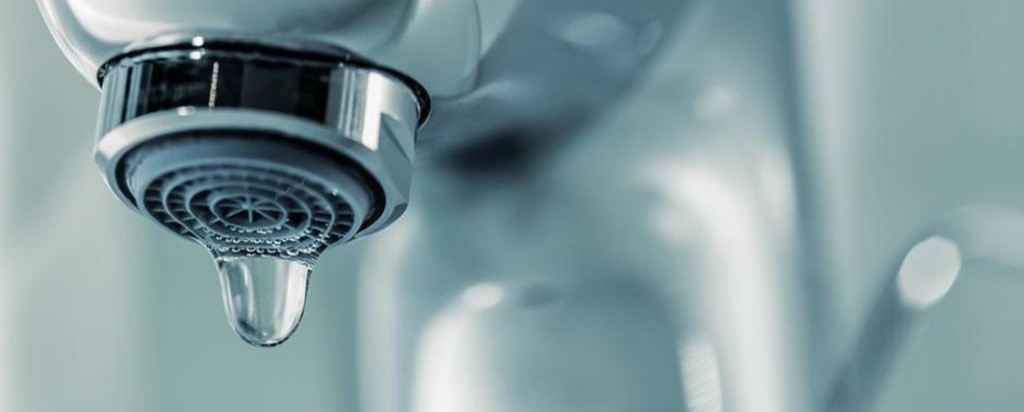Identify A Half-Dozen of the Most Triggers for Water Leaks in Your Residence
Identify A Half-Dozen of the Most Triggers for Water Leaks in Your Residence
Blog Article
What are your beliefs about How to Find Water Leaks?

Leaks not only create waste of water but can additionally trigger unnecessary damage to your house as well as advertise unwanted natural development. Regrettably, water leaks could go undetected since the majority of the pipework in our house is hidden. By looking and also recognizing for daily situations that cause leakages, you can secure your home from future leaks as well as unneeded damages. Today, we will look at 6 leakage creates that might be creating your pipelines to leak.
Instant temperature changes.
Extreme temperature modifications in our pipelines can trigger them to broaden and acquire all of a sudden. This growth and also tightening might cause splits in the pipelines, especially if the temperature level are below freezing.
Rusty water systems
As time goes by, your plumbing system ages and corrosion such as rust might start gnawing the pipes. This might be the source of discoloration or bending on your water pipes. This asks for an assessment with your plumber instantly. If our plumbing system is old, take into consideration replacing the pipelines because they go to a higher risk of deterioration than the newer designs.
Faulty Pipeline Joints
The point at which your pipelines connect is regularly the weakest web link in the waterline. Pipeline joints can weaken in time, causing water leakages. The bulk of pipeline joints are not easily noticeable. If you have noisy pipes that make ticking or banging noises, especially when the warm water is activated, your pipe joints are most likely under a lot of pressure. It is recommended to have your plumber inspect your system annually.
Trespassing origins
Many water leaks begin outside the home rather than inside it. You could discover wet spots or sinkholes in your yard, and also that could imply that tree origins are getting into water lines creating water to leak out.
Poor Water Connectors
Sometimes, a leakage can be caused by loosened hoses and also pipes that provide your home appliances. Most of the time, moving is what creates the loose water Connections. You could find in the case of a washing maker, a pipe might spring a leakage as a result of drinking throughout the spin cycle. In case of a water links leakage, you may observe water running directly from the supply line or pools around your appliances.
Clogged Drains
Obstructed drains pipes could be annoying and inconveniencing, however they can often end up creating an overflow leading to rupture pipelines. Keep getting rid of any type of products that may go down your drains pipes that might block them to stay clear of such aggravations.
All the above are reasons for leakages but not all water leakages arise from plumbing leaks; some leakages may originate from roofing system leakages. All leaks should be fixed instantly to prevent water damage.
Leakages not just cause waste of water but can also trigger unneeded damage to your home and also advertise undesirable organic growth. By looking and also understanding for daily circumstances that cause leaks, you can safeguard your residence from future leaks and also unneeded damages. Today, we will look at six leak creates that might be creating your pipes to drip.
At times, a leakage can be triggered by loose pipes and pipes that provide your appliances. In instance of a water connections leakage, you may discover water running straight from the supply line or pools around your devices.
How To Check For Water Leak In Your Home
How To Check for Leaks
The average household's leaks can account for nearly 10,000 gallons of water wasted every year and ten percent of homes have leaks that waste 90 gallons or more per day. Common types of leaks found in the home are worn toilet flappers, dripping faucets, and other leaking valves. These types of leaks are often easy to fix, requiring only a few tools and hardware that can pay for themselves in water savings. Fixing easily corrected household water leaks can save homeowners about 10 percent on their water bills.
To check for leaks in your home, you first need to determine whether you're wasting water and then identify the source of the leak. Here are some tips for finding leaks:
Take a look at your water usage during a colder month, such as January or February. If a family of four exceeds 12,000 gallons per month, there are serious leaks.
Check your water meter before and after a two-hour period when no water is being used. If the meter changes at all, you probably have a leak.
Identify toilet leaks by placing a drop of food coloring in the toilet tank. If any color shows up in the bowl after 10 minutes, you have a leak. (Be sure to flush immediately after the experiment to avoid staining the tank.)
Examine faucet gaskets and pipe fittings for any water on the outside of the pipe to check for surface leaks.
Undetected water leaks can happen without the home or business owner even realizing. If you suspect a water leak, but not able to find the source. It is time to contact a professional water leak detection service, The Leak Doctor.
How To Find a Water Leak In Your Home
https://www.leakdoctor.com/blog/How-To-Check-For-Water-Leak-In-Your-Home_AE197.html

I came across that write up about How to Find Water Leaks while surfing around the web. Make sure you take the opportunity to distribute this content if you enjoyed reading it. Thanks so much for your time spent reading it.
Immediate care? Call! Report this page